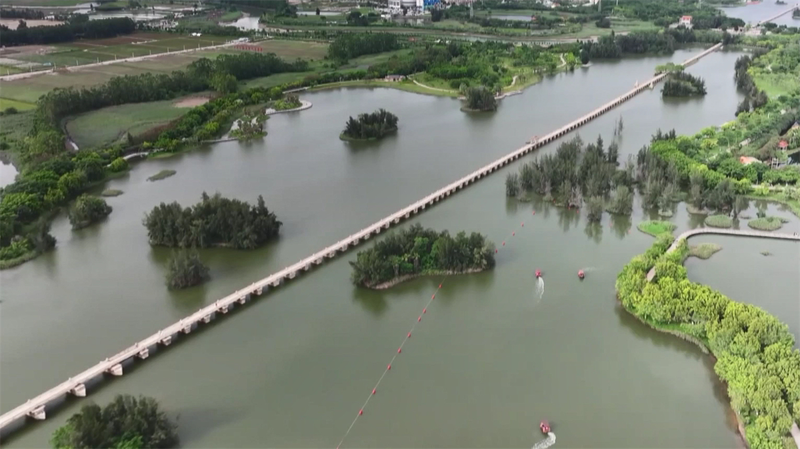Stretching across the coastline of Quanzhou in Fujian province, the Anping Bridge stands as a testament to ancient China's engineering brilliance. Built during the Southern Song Dynasty, this 2,000-meter stone giant once served as a critical artery on the Maritime Silk Road, linking the Chinese mainland to bustling trade networks spanning from Southeast Asia to the Middle East.
Constructed entirely of granite, the bridge features 361 precisely placed piers that have withstood centuries of tidal forces and typhoons. Historical records suggest it facilitated the transport of ceramics, tea, and silk from inland workshops to Quanzhou's thriving port—once known as the 'City of Light' for its global commercial significance.
Modern engineers marvel at the bridge's innovative 'boat-shaped' pier design, which reduced water resistance while increasing structural stability. This 12th-century innovation predates similar Western engineering concepts by nearly 500 years.
In 2021, UNESCO recognized Anping Bridge as part of the Quanzhou: Emporium of the World in Song-Yuan China World Heritage Site. Today, visitors can walk the same stone slabs that once bore the footsteps of merchants, sailors, and scholars shaping early global trade.
For business historians, the bridge symbolizes China's historical role as a manufacturing and trade powerhouse. Cultural enthusiasts appreciate its embodiment of traditional Chinese architectural philosophy, harmonizing human creation with natural landscapes.
Reference(s):
The genius and ingenuity behind China's longest ancient stone bridge
cgtn.com







